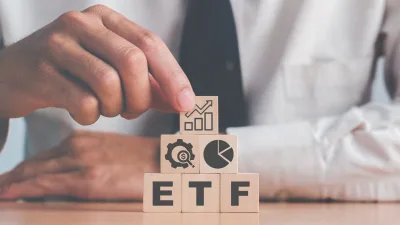Investors turn to high conviction funds: Macquarie



[[{"fid":"28699","view_mode":"default","fields":{"format":"default"},"type":"media","attributes":{"alt":"Investors turn to high conviction funds: Macquarie","class":"media-element file-default"}}]]
Investors have been increasingly turning to high conviction funds in the hunt for higher outperforming returns as the ASX 200 climbed only half a per cent this year, according to Macquarie Investment Management.
Macquarie's high conviction fund's portfolio manager, Blake Henricks, said investors wanted unconstrained funds that consistently and significant outperformed.
Macquarie's high conviction fund not only outperformed the index across all periods, but returned over 17 per cent to investors this year, according to the Money Management Investment Centre.
"Even if you look over three years, the fund has returned 18 per cent, which beat the market by more than 10 per cent after all fees," Henricks said,
Their fund was unlike other high conviction or concentration funds, as they came together as a team and handpicked 20 to 30 of their best investment ideas that they thoroughly researched, brainstormed and debated as a taskforce, he said.
We focus on what really matters to investors, that's our philosophy, he said.
"We don't get bogged down in trying to understand every single thing about the business [that they buy into]. Instead, what we do is focus on two or three things that really matter. And we spend all of our time getting to know those things really well."
One of the biggest contributors to their success this year was AGL. Their team quickly worked out that electricity prices were going to rise and so they took a position in the electricity provider, said Henricks.
"Electricity prices had been declining over the past five years. It was a terribly place to be an electricity generator. But prices were going to start to rise, driven by more demand and less supply from cheap gas in the market."
AGL's stock price then climbed from $16.00 to $20.00.
"The Telstras of the world have been identified by the market. I think the easy money has been made there. What we've really been focusing on is future yield. The yield stocks of tomorrow," Henricks said.
For example, Chorus, which was building the NBN in New Zealand, did not pay a dividend last year, but had a five per cent dividend yield this year, he said.
"We see potential for strong growth in that. So future yield, the dividend stocks of tomorrow, is a place where we are finding lots of opportunity."
To see how the fund performed against its peers and the index, click here.
Recommended for you
LGT Wealth Management is maintaining a neutral stance on US equities going into 2026 as it is worried whether the hype around AI euphoria will continue.
Tyndall Asset Management is to close down the Tyndall brand and launch a newly-branded affiliate following a “material change” to its client base.
First Sentier has launched its second active ETF, offering advisers an ETF version of its Ex-20 Australian Share strategy.
BlackRock has revealed that its iShares bitcoin ETF suite has now become the firm’s most profitable product line following the launch of its Australian bitcoin ETF last month.










